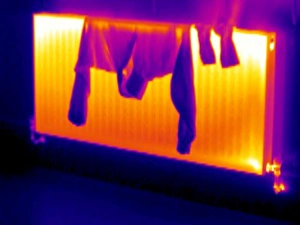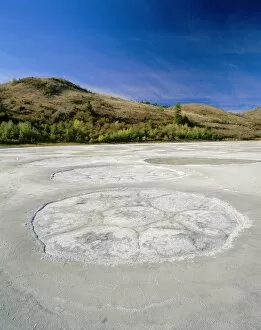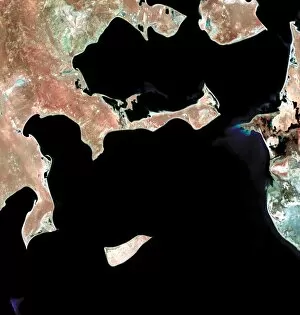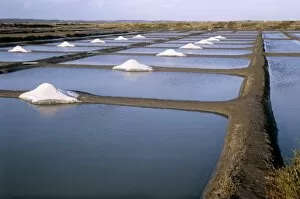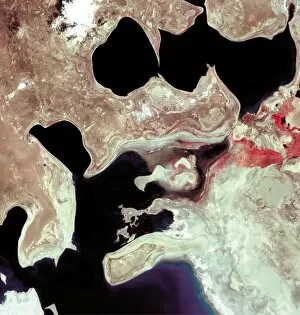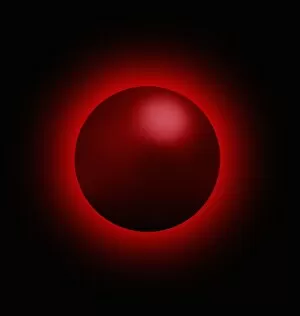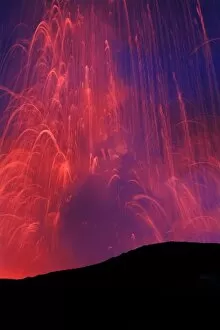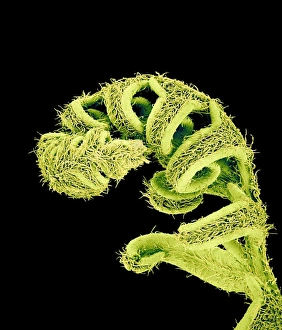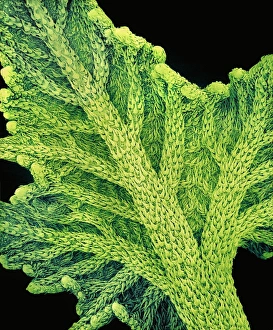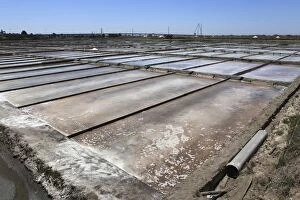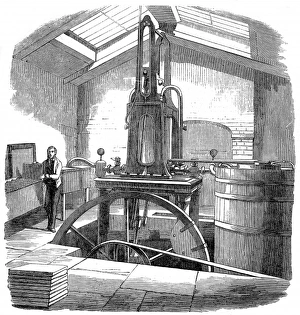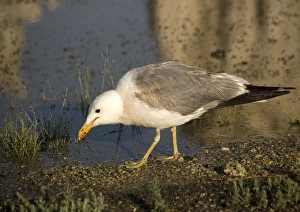Evaporation Collection (page 3)
Evaporation, the magical dance of molecules transforming from liquid to gas. It's a phenomenon that captivates our senses and leaves us in awe of nature's wonders
All Professionally Made to Order for Quick Shipping
Evaporation, the magical dance of molecules transforming from liquid to gas. It's a phenomenon that captivates our senses and leaves us in awe of nature's wonders. Imagine gazing at the night sky, mesmerized by the ethereal beauty of the Hale-Bopp comet streaking across the heavens. As it journeys through space, evaporation takes place on its icy surface, releasing gases that create its magnificent tail. In contrast, cooling towers stand tall against an industrial backdrop. These towering structures are not just symbols of power plants but also icons of evaporation. They cool down hot water by allowing it to evaporate into thin air, dissipating heat and ensuring smooth operation. A thermogram reveals a world unseen by our naked eyes – temperature variations captured in vibrant colors. It unveils how evaporation cools surfaces like lava meeting the vast expanse of the ocean. The sizzling lava transforms into steam as it encounters seawater, creating a dramatic spectacle that showcases nature's raw power. Traveling to Europe now brings us to salt pans nestled within marshes on Ile de Re in Poitou Charentes, France. Picture No. 12479878 captures this serene landscape where brine is left behind after seawater evaporates under the sun's watchful gaze. This process repeats itself day after day as these salt pans become nature's own alchemist. Picture No. 12479874 transports us further along Chatelaillon-Plage near La Rochelle where salt pans stretch out before us like shimmering mirrors reflecting sunlight with grace and elegance. Evaporation works its magic here too; slowly crystallizing saline waters until they transform into precious crystals ready for harvest. Delving deeper into history through engravings reveals freezing water achieved through evaporation techniques long ago - Picture No. 12479868 depicts this captivating process using ordinary water while Picture No. 12479867 showcases how ether was employed for the same purpose.


